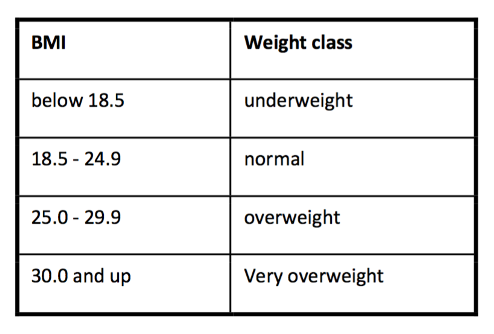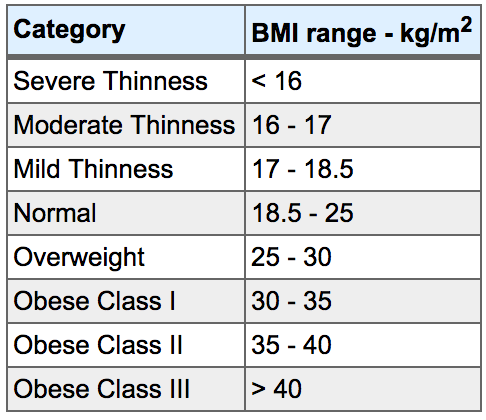
BMI Ranges are a standard weight classification system used by health professionals and doctors to measure a person's weight. It is based on different criteria that are used in many countries around the world. In general BMI Ranges are divided into three groups: Overweight, Normal Weight and Underweight.
For adults, BMI is considered according to body type, which is also the same for people of different ages and sexes. The following weight classification systems are described below:
Overweight: This is considered as the state where a person weighs more than his or her height and is at a healthy weight. For this type, the BMI ranges are often between 25 and 29.9. Underweight: This is the state where a person has an ideal body weight but is not above the normal weight limits. The BMI ranges are usually between 18.5 and 24.9. Both of these weight classification systems are suitable for both adults and children.
For children, the BMI ranges depend on the age and sex of the child. The BMI ranges can be used for both children and adults.
For those who are not sure what the BMI ranges should be for a particular person, a simple approach to determine the average for a given person is to take into account factors like height, gender, race, age, and weight. It is important to note that while height and weight are important, they are not the only factors to consider. For example, an obese person with good muscles may be considered overweight, but an extremely thin person may be considered underweight.
When it comes to defining a person's body type, many factors are taken into account. For example, the proportion of fat, muscle mass, bones, and skin is all used to define a person's body type. The BMI Ranges is determined based on the factors that are used in defining a person's body type.

It is also important to note that each person has a different body type
For this reason, a person's BMI Ranges must be calculated on a different scale from that of another person. For example, if a person has a high BMI range than another person, it does not mean that person will be obese. But if a person with a low BMI range is obese than another person, it may mean that he or she is underweight.
If a person is over the overweight, the BMI Ranges will reflect this fact and the individual's weight will be considered to be too large. On the other hand, a person who is underweight will have a lower weight than other people who have a normal weight range. There are so many ways to define a person's BMI Ranges.
For those who want to have a better idea about their BMI Ranges, there are websites that provide BMI Ranges calculators. They can help anyone decide what their BMI Ranges is based on their height, gender, race, age, weight, and body type.
A BMI chart is another way to calculate a person's BMI ranges. This chart can be helpful for those who are unable to accurately calculate their BMI Ranges based on their own personal information.
If a person's BMI Ranges is found out to be inaccurate, he or she may have to take medications that increase his or her metabolic rate to get the weight loss results he or she wants. If you are concerned that your body weight may be off from the normal range, you can also try to use the BMI charts. to see what the average weight is.
If you are not sure about your BMI, talk to your doctor. Your doctor can assist you to determine your own body type and what the normal ranges should be. In some cases, an overweight person can still lose weight, and an underweight person can still gain weight at a slow rate.